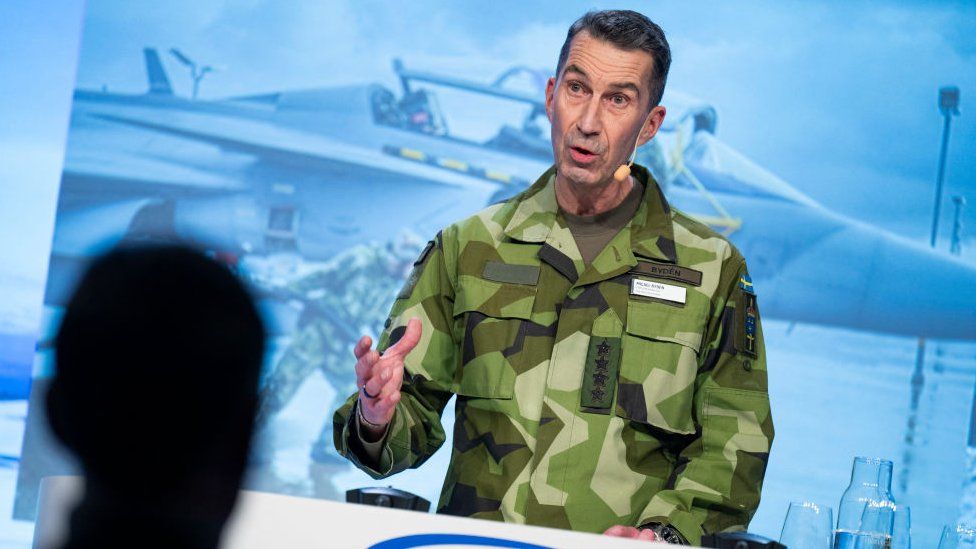Kashmir Election 2024
The 2024 elections in Kashmir are poised to be one of the most significant political events in India. These elections hold immense importance due to the region’s unique political, historical, and socio-economic context. As Kashmir continues to rebuild its political fabric post the revocation of Article 370 in 2019, the 2024 elections will shape the future of governance and peace in the Valley.
Political Landscape: A Complex Web
The political dynamics of Kashmir are more intricate than other regions of India. The Union Territory of Jammu and Kashmir has seen significant transformations since August 5, 2019, when its special status was abrogated. The revocation of Article 370 led to the bifurcation of the state into two Union Territories—Jammu & Kashmir and Ladakh—creating a new political landscape.
With a history of unrest and political turmoil, the 2024 elections mark a return to democratic processes. Political parties, both regional and national, are gearing up for a fierce contest. Here’s a look at the key players:
- National Conference (NC): Led by Farooq Abdullah and Omar Abdullah, the NC has historically been one of the dominant forces in Jammu & Kashmir. The party, which has its roots in Kashmir’s regional identity, will focus on reversing some of the post-Article 370 changes and restoring statehood.
- Peoples Democratic Party (PDP): Another influential regional player, headed by Mehbooba Mufti, the PDP has aligned itself with anti-central government rhetoric, particularly over the revocation of Article 370. The party is likely to focus on rights for Kashmiris and demand greater autonomy.
- Bharatiya Janata Party (BJP): The BJP’s position in Jammu and Kashmir has strengthened since 2019, with the central government’s policies focusing on integration with the rest of India. The BJP’s narrative will likely focus on development, security, and the benefits of scrapping Article 370.
- Apni Party: Founded by Altaf Bukhari, the Apni Party aims to provide a “middle path,” focusing on development and peace rather than extreme positions on autonomy or integration. It could attract voters looking for a moderate, pragmatic approach.
Issues at Stake
- Restoration of Statehood: One of the most pressing demands across the political spectrum is the restoration of statehood to Jammu & Kashmir. Many political parties will campaign on this issue, appealing to voters who feel that statehood is a symbol of their identity.
- Article 370 and Autonomy: For the National Conference and PDP, the removal of Article 370 remains a central campaign issue. While its restoration seems unlikely, these parties will push for some level of autonomy and greater political representation.
- Development and Employment: The economy, especially in a post-pandemic and post-lockdown scenario, will be a major focus. With high unemployment rates in the region, parties will seek to win support by promising jobs, infrastructure, and economic growth.
- Security and Peace: Given the history of militancy and security concerns, voters are also likely to prioritize peace and stability. The BJP, in particular, will emphasize its tough stance on security, while others may focus on a more peace-oriented approach.
Potential Voter Behavior
Voter behavior in Kashmir has often been influenced by local issues, with regional parties traditionally playing a significant role. However, the political realignments since 2019 have introduced new dynamics. While some voters remain loyal to traditional regional parties, others may shift toward the BJP due to the promise of development and stability. The Apni Party, meanwhile, may attract those who are disillusioned with both extremes.
Young voters, in particular, could have a significant impact. Many are growing up in a post-Article 370 era and may prioritize economic opportunities and peace over political rhetoric.
Impact on India’s National Politics
The Kashmir elections will also have a larger impact on national politics. For the ruling BJP, a strong performance would validate its policies and strategy in the region, while regional parties like the National Conference and PDP will look to reassert their influence. Internationally, the elections will be closely watched, given the region’s strategic importance and ongoing disputes.
Conclusion
The 2024 elections in Kashmir represent a crucial moment in the region’s modern history. The outcomes will determine not just the political future of Jammu and Kashmir but will also reflect the evolving aspirations of its people. Whether the focus will be on development, peace, or a push for greater autonomy, this election will shape the trajectory of Kashmir for years to come.





















































